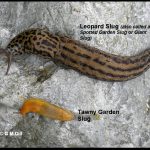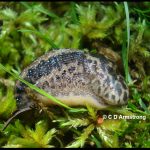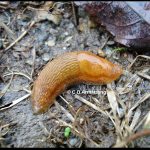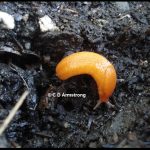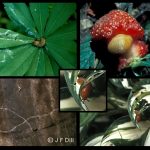Slugs and Snails
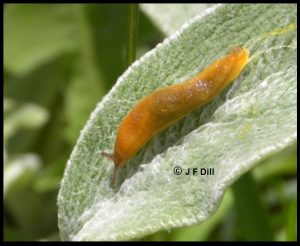
Both slugs and snails are members of the mollusk phylum and are similar in biology, except slugs lack the snail’s external, spiral shell. Slugs and snails are most active at night and on cloudy or overcast days. On sunny days they seek hiding places out of the heat and bright light. Slugs and snails overwinter mostly as eggs, but adults can survive Maine winters, if they hide in areas protected from freezing.
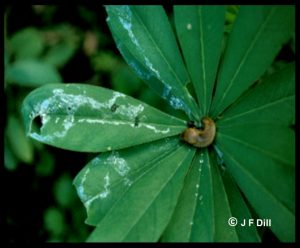
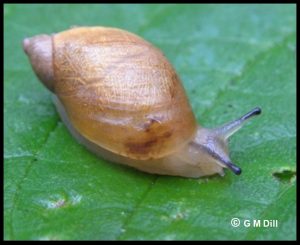
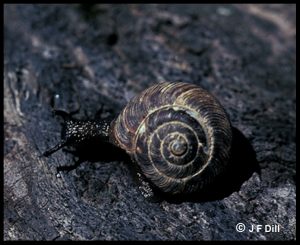
Management: An effective slug and snail management program relies on an integrated approach in which multiple control methods are used. Slugs and snails need moist areas, protection from sun and wind, and nourishment to speed their growth and increase populations. Good sanitation can deprive them of most of these needs. Removing boards, rocks, logs, leaves and dense growth helps. It is also wise to minimize shaded areas, rock walls, rock gardens, or forested borders and leave bare ground or close-cropped grass next to vegetable or flower beds. Slugs avoid crawling over anything dry, dusty or scratchy, such as lime, road dust, diatomaceous earth, cinders, coarse sawdust, gravel or sand. It is also reported that hydrated lime repels slugs. Remember, however, that lime affects the pH of soil. Never use salt as it ruins soil for most plant growth. A metal fly screen, 4 inches wide, placed on edge and partly embedded in soil for support, keeps slugs out of an area. Boards, bark, or other materials not less than six inches square make effective traps when placed in gardens. Each morning you can gather the slugs from under the traps and destroy them. Slugs can be kept from potted plants by placing the pots on boards or other supports over water in a pan. Alternatively, wrapping stems with cotton batting may keep slugs off plants. Copper tape is commercially available as a slug barrier and is especially effective in raised bed plantings. Slugs are attracted to and drown in shallow dishes containing beer or baker’s yeast dissolved in water. Set the top edges of the dish at ground level and cover loosely with a board so slugs can easily get into the mixture. Iron phosphate and metaldehyde baits* are effective in controlling slugs. A perimeter treatment of deltamethrin can also be effective. Be sure to read the pesticide label carefully for information on bait placement and permissible crops. It is best to read the label even before you purchase the material.
- Leopard Slug versus Tawny Garden Slug
- Leopard Slug (also called a Spotted Slug or Giant Garden Slug) (June 1st, 2012) (Northeast Harbor, ME)
- Tawny Garden Slug
- Tawny Garden Slug
- Slugs (with trails and feeding injury also)
Additional Information: Slugs
* See also the following, about the risks metaldehyde poses to dogs and cats: Metaldehyde Poisoning: the Dangers of Snail and Slug Bait (IDEXX Laboratories, Inc.)

